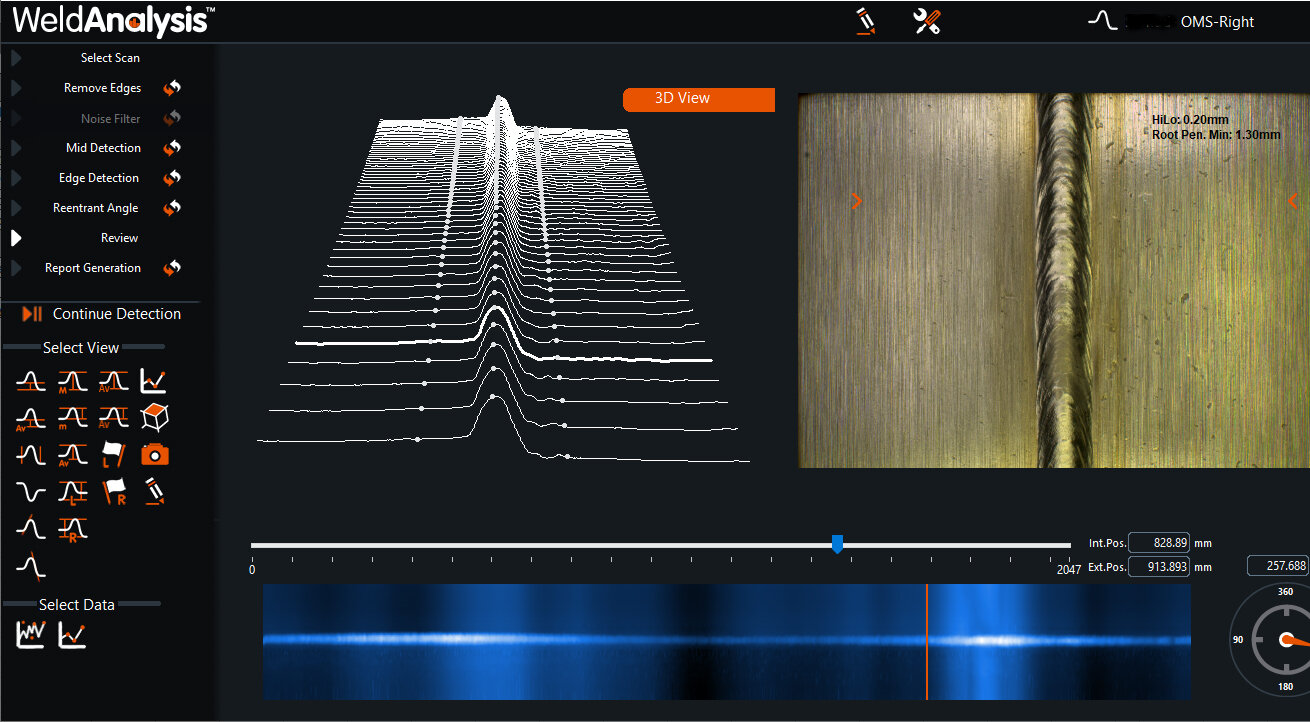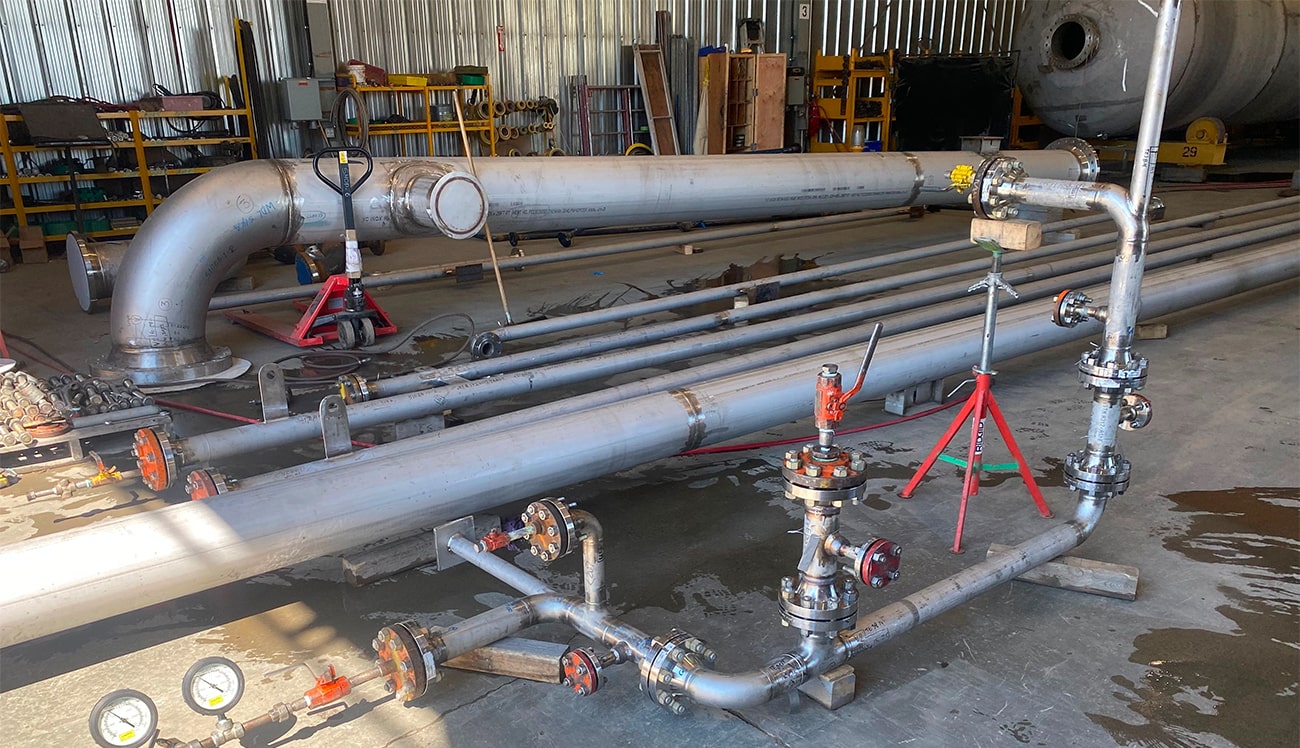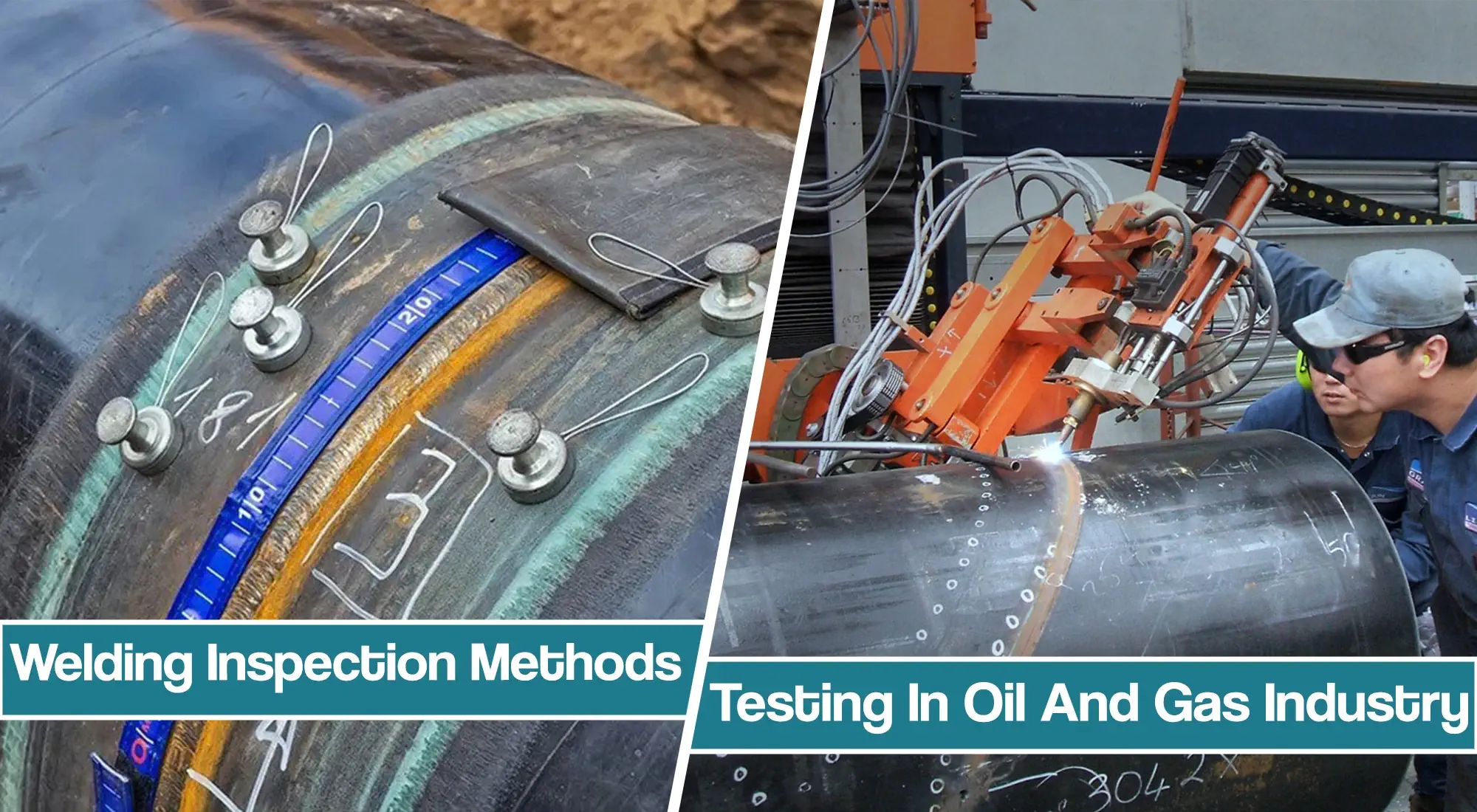Comprehensive Guide to Pipeline Welding Evaluation: Making Certain Integrity and Safety And Security in Pipe Building And Construction and Upkeep
The honesty and safety of pipes are vital in today's framework landscape, underscoring the essential role of welding inspection in pipe building and construction and upkeep. An extensive guide on this subject not just highlights the need of evaluating weld top quality yet additionally addresses the different assessment methods readily available, such as ultrasonic and radiographic testing. By understanding typical problems and their implications, stakeholders can carry out best techniques that make sure compliance and long life. Nevertheless, the intricacies associated with welding assessment raise important inquiries about market criteria and the progressing modern technologies that may redefine these practices.

Significance of Welding Examination
Welding assessment plays an important function in ensuring the honesty and security of pipe systems. It functions as an essential procedure that confirms the top quality and integrity of welded joints, which are usually the most prone factors in pipe construction. With systematic evaluation, examiners can identify prospective issues such as splits, porosity, and incomplete fusion, which might compromise the structural stability of the pipe.
The relevance of welding inspection prolongs past plain compliance with market requirements; it additionally safeguards public health and the environment. Pipes carrying hazardous materials present significant risks if failings happen. Effective examination methods aid protect against leakages and tears, alleviating environmental damage and safeguarding communities. Moreover, thorough inspections can enhance the long life of pipe systems, minimizing the requirement for expensive fixings and downtime.
In addition to making sure security and conformity, welding inspection promotes a culture of quality control within organizations. By prioritizing examination throughout the welding process, companies can develop an online reputation for integrity and quality, ultimately causing boosted consumer self-confidence and business possibilities (Pipeline Welding Inspection). Therefore, the relevance of welding inspection can not be overemphasized in the context of pipe building and upkeep
Secret Welding Procedures
Numerous welding procedures are employed in pipe building and construction, each with its own advantages and applications. Amongst the most commonly utilized approaches are Protected Metal Arc Welding (SMAW), Gas Tungsten Arc Welding (GTAW), and Gas Steel Arc Welding (GMAW) SMAW is favored for its convenience and capability to execute well in different ecological conditions, making it ideal for field applications.
GTAW, usually described as Tungsten Inert Gas (TIG) welding, is identified for its capacity to create premium welds with excellent control over heat input, making it suitable for thin-walled pipelines and stainless steel materials. GMAW, or Metal Inert Gas (MIG) welding, supplies high deposition prices and is effective for large jobs, usually employed in the manufacture of pipelines in regulated settings.
Furthermore, Submerged Arc Welding (SAW) is used for its deep penetration and high productivity, especially in the building and construction of large-diameter pipelines. Each of these processes adds to the overall stability and safety of pipe building and constructions, making it possible for welders to select the most proper method based on product kind, task requirements, and environmental conditions. Comprehending these vital welding procedures is important for efficient pipeline welding evaluation.
Typical Issues and Their Impact

Porosity, identified by small gas pockets caught within the weld, compromises the product and can cause leakages. Splits, which might happen as a result of thermal stress and anxieties or inappropriate air conditioning, can result and circulate in structural failing under pressure. Damaging, where the base metal is worn down along the weld bead, decreases the efficient cross-section of the pipe, enhancing the risk of crack.
Insufficient blend happens when the weld metal does not effectively bond with the base metal, resulting in weak areas that might stop working under anxiety. Slag addition, the entrapment of non-metallic material within the weld, can additionally deteriorate the joint's integrity. Recognizing and dealing with these flaws early in the building and construction procedure is essential to ensuring the long-term reliability and security of pipeline systems, therefore guarding both the atmosphere and the facilities.
Inspection Methods and Tools

Aesthetic evaluation is the very first line of protection, enabling assessors to identify surface irregularities, imbalance, or various other visible defects. Ultrasonic screening uses high-frequency audio waves to spot internal flaws, supplying precise deepness dimensions and reference defining flaws without harming the weld. Radiographic testing makes use of X-rays or gamma rays to create photos of the weld, allowing the identification of internal spaces, cracks, or incorporations.
Magnetic particle screening is specifically efficient for discovering surface and near-surface stoppages in ferromagnetic products. This strategy includes applying a magnetic area and fine iron bits to the weld, disclosing issues via the buildup of bits at defect sites.
In enhancement to these methods, specialized devices such as automated ultrasonic screening equipment and electronic radiography systems improve evaluation accuracy and effectiveness, guaranteeing an extensive analysis of pipeline welds throughout building and maintenance.
Finest Practices for Conformity
Following ideal practices for compliance in pipeline welding inspection is vital for making certain the stability and safety and security of the facilities. Organizations has to establish an extensive top quality administration system that aligns with sector criteria such as ASME, API, and AWS. This includes creating in-depth welding procedures that define the products, certifications, and techniques needed for welders.
Routine training and certification of examination employees are necessary to preserve high competency levels. Inspectors need to recognize with different non-destructive testing (NDT) techniques, consisting of ultrasonic testing, radiographic testing, and visual inspection, to effectively recognize prospective flaws.
Documents plays an important function in conformity; preserving precise records of inspections, weld procedures, and workers certifications aids to make certain traceability and liability. Arranged audits and testimonials of welding practices ought to be carried out to recognize locations for improvement and make certain adherence to developed procedures.

Final Thought
To conclude, the application of rigorous welding inspection protocols is paramount for making certain the stability and safety of pipeline building and upkeep. By identifying problems and utilizing sophisticated inspection techniques, companies can substantially enhance the top quality of welded joints. Sticking to finest methods cultivates conformity with sector requirements, ultimately securing public health and wellness and preventing environmental dangers. Continual enhancement in assessment procedures will add to the long life and integrity of pipeline systems, underscoring the essential duty of welding inspection in the market.
The stability and safety of pipes are paramount in today's facilities landscape, underscoring the critical duty of welding evaluation in pipeline building and maintenance. Understanding these crucial welding processes is vital for effective pipe welding assessment.
Adhering to finest why not try these out methods for conformity in pipeline welding inspection is important for making certain the honesty and safety and security of the infrastructure.In conclusion, the implementation of rigorous welding inspection methods is extremely important for guaranteeing the honesty and security of pipe building and maintenance. Constant renovation in inspection procedures will certainly contribute to the durability and integrity of pipeline systems, underscoring the vital function of welding assessment in the market.